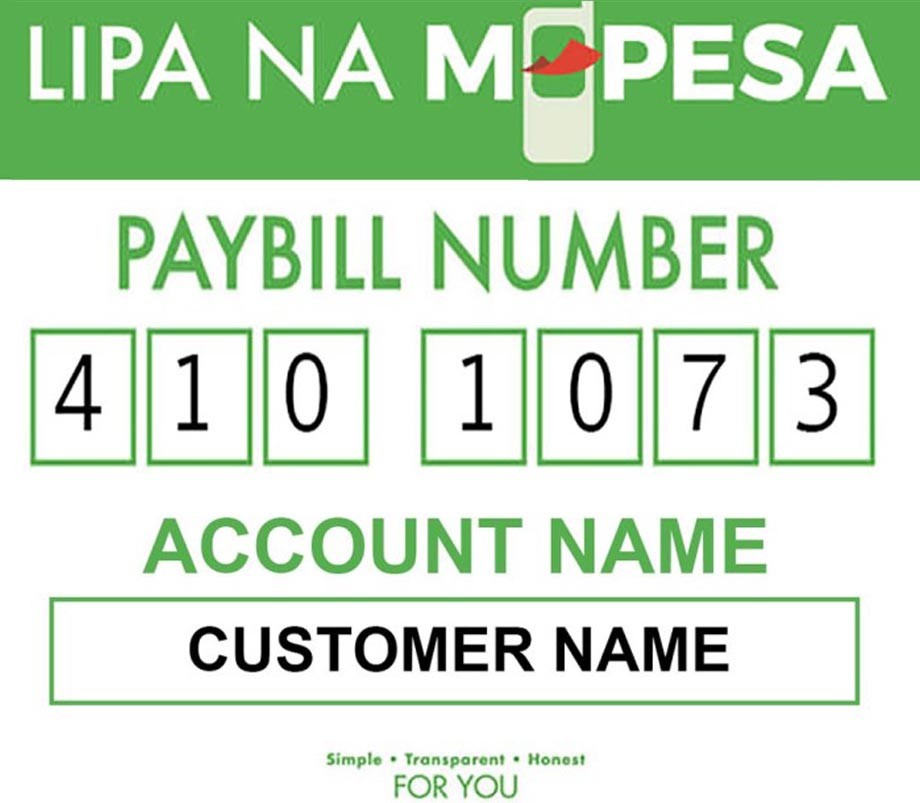
How Do I Test the Quality of a Fiber Optic Cable?
1. Visual Inspection
Before performing any technical tests, start with a visual inspection of the fiber optic cable and connectors.
- Check for Physical Damage: Look for any visible signs of damage such as cracks, bends, or breaks in the cable jacket. Also, inspect the connectors for any dirt, dust, or scratches.
- Connector Inspection: Use a fiber optic inspection microscope to check the endfaces of the connectors. Clean connectors are critical for maintaining a strong signal and reducing loss.
2. Optical Time-Domain Reflectometer (OTDR) Testing
An OTDR is a vital tool for testing fiber optic cables. It sends a series of light pulses down the fiber and measures the light reflected back to identify issues along the cable.
- Measure Distance: OTDRs can measure the length of the fiber cable, helping you locate any breaks or faults by indicating the distance at which they occur.
- Identify Splices and Connectors: The OTDR will show loss events at each splice and connector, allowing you to pinpoint areas where signal loss may be higher than acceptable limits.
- Assess Overall Loss: The OTDR provides an overview of the total loss along the fiber, ensuring it meets the required standards.
3. Power Meter and Light Source Testing
A power meter and a light source are used together to measure the actual optical power loss along a fiber optic link.
- Set Up the Light Source: Connect the light source to one end of the fiber cable. It emits a steady signal of known power level into the fiber.
- Measure with the Power Meter: At the other end of the fiber, connect the power meter. It will measure the amount of light that has traveled through the fiber, allowing you to calculate the loss in dB (decibels).
- Compare Loss with Standards: The measured loss should be within the acceptable range specified for the cable type and length. Excessive loss may indicate issues such as poor splicing, bad connectors, or a damaged fiber.
4. Visual Fault Locator (VFL) Testing
A Visual Fault Locator (VFL) is used to identify breaks, bends, and faults in fiber optic cables by injecting a visible red laser light into the fiber.
- Connect the VFL: Attach the VFL to one end of the fiber cable. The VFL emits a red light that travels through the fiber.
- Identify Faults: If there’s a break, sharp bend, or significant fault, the red light will escape from the fiber at the location of the issue, making it easy to spot visually.
- Check Continuity: A VFL is also useful for checking continuity in patch cables and pigtails, ensuring there are no complete breaks along the length of the fiber.
5. Insertion Loss and Return Loss Testing
These tests assess the quality of the fiber optic connection and the efficiency of light transmission.
- Insertion Loss: This test measures the amount of signal loss that occurs when a connector or splice is inserted into the fiber optic link. High insertion loss indicates poor quality connections that can degrade overall network performance.
- Return Loss: This test measures the amount of light reflected back toward the source due to imperfections or mismatches at the connectors or splices. Higher return loss (lower reflected power) is desirable, indicating a better quality connection with minimal signal reflection.
6. Chromatic Dispersion (CD) and Polarization Mode Dispersion (PMD) Testing
These advanced tests are important for long-distance fiber optic links, especially in high-speed networks.
- Chromatic Dispersion: CD testing measures the spread of different wavelengths of light as they travel through the fiber. Excessive chromatic dispersion can lead to signal distortion, particularly in high-speed networks.
- Polarization Mode Dispersion: PMD testing measures the difference in arrival times between different polarization modes of light within the fiber. High PMD can cause signal degradation in high-speed transmissions.
7. Perform Certification Testing
Finally, perform certification testing to ensure the fiber optic cable installation meets industry standards and specifications.
- Test According to Standards: Follow standards such as ISO/IEC, TIA, or IEEE for certification testing. Use appropriate testing equipment and procedures to certify that the installation meets the required performance criteria.
- Document Results: Record all test results and measurements for future reference. This documentation is essential for troubleshooting and maintenance.
2318
0
749
172

